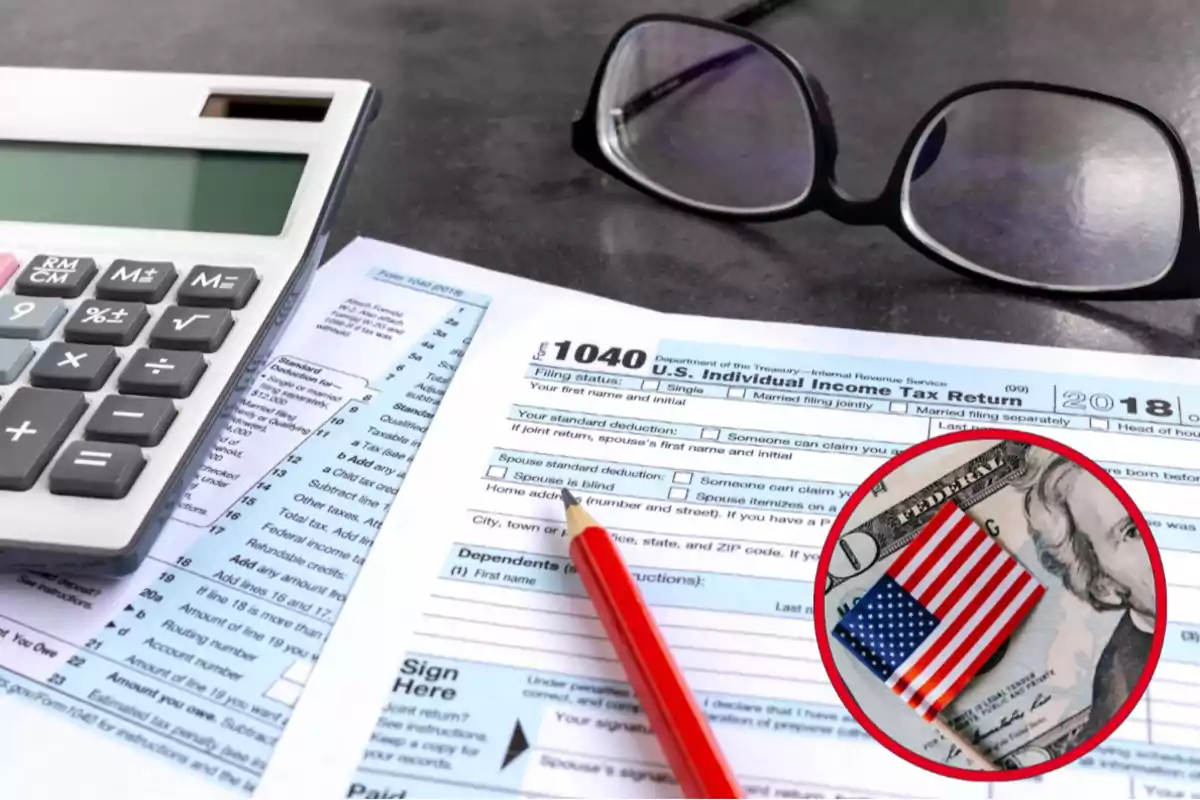Millions of Americans have already received their tax refunds, but the IRS is still processing and sending payments. If you haven't received yours yet, you could be on the list of those who will soon get more than $3,000. Here we explain who qualifies, how to check your status, and what to do if you haven't filed your return yet.
Where do these payments come from?
Every year, the IRS manages federal tax returns. The deadline for 2025 was April 15, and it corresponds to income from 2024. Even though that season has already closed, the IRS is still processing returns that arrived after the deadline.
This year, the average refund exceeds $3,100, a figure slightly higher than last year. This is due, in part, to changes in deductions, tax credits, and adjustments for inflation.

Although most people have already received their money, there are many returns still under review. Especially if you mailed it or filed it right at the end of the deadline, your payment could be on its way.
Who can receive these $3,000?
Any worker who received a W-2 form from their employer must report income to the IRS. Even if you don't owe taxes, you could be entitled to a refund for having overpaid during the year.
In addition, people with children, low incomes, or those who qualify for tax credits (such as the Earned Income Credit) could receive an even higher amount. Those who were self-employed and claim deductions could also be eligible.
The only way to know if you qualify is to file your tax return.
How can you know if you'll receive the payment?
The IRS offers a very simple online tool: "Where's My Refund?" You can find it on its official website. You only need:
- Your Social Security number.
- Your filing status (single, married, etc.).
- The exact amount of the expected refund (or an estimate if you're not sure).
If you filed electronically, you'll be able to see the status in less than 24 hours. If you filed on paper, the process can take several weeks.

What if you haven't filed your return yet?
If you requested an extension to file, you have until October 15, 2025. But be careful: the extension only gives you more time to send the form, not to pay taxes. If you owed money since April, interest is already accruing.
For those living outside the United States, the deadline was June 16, although they could also qualify for tax credits for income earned abroad.

